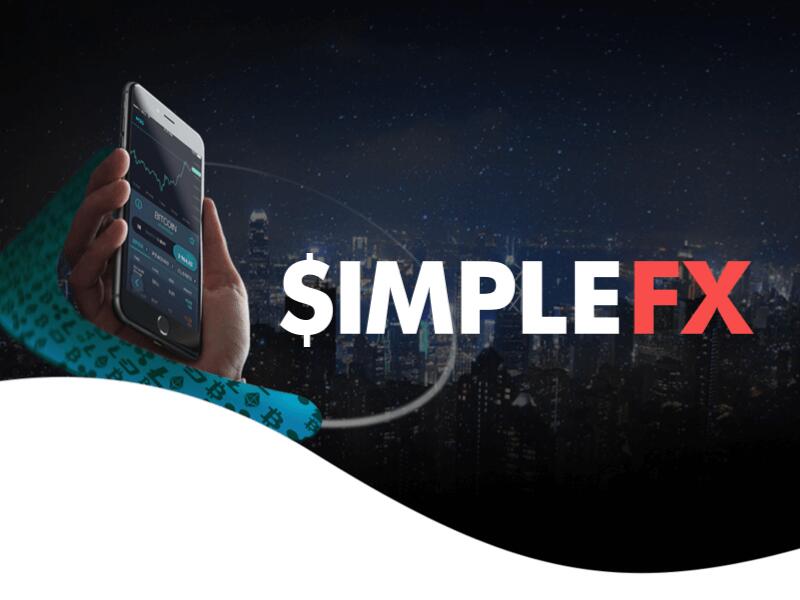
Later, on March 31, when we pay back the $1,000 amount stated on the promissory note, we can make the journal entry for paying the notes payable with the debit of notes payable account and the credit of cash account. In a business transaction, there is usually a certain percentage of the interest attached with the promissory note. A promissory note qualifies as a legal instrument if it has all the elements of an obligation required by law. As a result, it contains information regarding the debt’s amount, interest rate, maturity date, terms of repayment, and default clauses, as well as the parties’ complete legal names, addresses, and phone numbers. Promissory notes, which developed over several centuries, are where the banknote had its start. Before paper money was established, promissory notes were used as a prelude to legal banknotes since the weight of coins made money transfers challenging.
Sometimes notes payable are issued for a fixed amount with interest already included in the amount. In this case the business will actually receive cash lower than the face value of the note payable. Yes, you can include notes payable when preparing financial projections for your business. This step includes reducing projections by the amount of payments made on principal, while also accounting for any new notes payable that may be added to the balance.
When an entity cannot get a loan from a traditional lender, such as a bank, a P/N can be helpful. As a result, writing containing such a disclaimer is no longer considered a negotiable instrument, instead of serving to memorialize a contract. Except in the cases specified in the following paragraphs, an instrument that fails to meet any of the requirements mentioned in the preceding article is invalid as a promissory note. A https://online-accounting.net/ secured P/N is one in which the lender accepts the P/N based on the maker’s ability to repay. Still, the Note is secured by something of value, and the lender has the right to execute the security if the maker fails to pay and the bank reclaims the payment. Regarding unsecured P/Ns, the lender accepts the Note solely based on the maker’s ability to repay; if the maker fails to pay, the lender is obligated to repay the bank.
Notes Receivable Terms
A promissory note is usually backed by the creditability of the issuer. A bank loan provides the rights to recourse to the lender in the case of the borrower’s default. In the case of the borrower’s default, the lenders cannot seize any assets owned by the borrowers. However, the borrower may face strict litigation in case of a default.
If a customer signs a promissory note in exchange for merchandise, the entry is recorded by debiting notes receivable and crediting sales. Company A sells machinery to Company B for $300,000, with payment due within 30 days. Alternatively, the note may state that the total amount of interest due is to be paid along with the third and final principal payment of $100,000.
ARYA Sciences Acquisition IV : New Financial Obligation – Form 8-K – Marketscreener.com
ARYA Sciences Acquisition IV : New Financial Obligation – Form 8-K.
Posted: Tue, 05 Sep 2023 10:12:03 GMT [source]
A long-term note of more than one year generally is reported as a long-term liability in the balance sheet of the borrower, according to Accounting Coach. Any repayment of the principal due within one year, however, is identified as the current portion of long-term debt and treated as a current liability. These are written agreements in which the borrower obtains a specific amount of money from the lender and promises to pay back the amount owed, with interest, over or within a specified time period. It is a formal and written agreement, typically bears interest, and can be a short-term or long-term liability, depending on the note’s maturity time frame. We may issue the promissory note when we borrow the money from our friends and promise to pay them back within a certain period of time.
Specimen/Format of Promissory Note:
However, large companies and private borrowers can also issue a promissory note. It works similarly to a bank loan with both parties agreeing on the repayment terms. Additionally, it can take the form of a secured or unsecured debt instrument. Notes payable are written agreements (promissory notes) in which one party agrees to pay the other party a certain amount of cash.
Because of this, the deed also contains additional legal clauses, such as foreclosure and collateral. While financial institutions may give minor personal loans, you may be required to sign a promissory note. Promissory notes enable companies and individuals to obtain financing from sources other than banks. post-closing trial balance Under the terms indicated, this supplier can be a people or a firm willing to carry the note (and provide the funds). As mentioned, there may be an interest attached when we issue the promissory note. If this is the case, we should record the accrued interest at the month-end adjusting entry as time passed.

A promissory note is a written and signed promise to repay a sum of money in exchange for a loan or other financing. A promissory note typically contains all the terms involved, such as the principal debt amount, interest rate, maturity date, payment schedule, the date and place of issuance, and the issuer’s signature. A promissory note contains a loan instrument that incorporates the issuer’s written commitment to reimburse another party. A promissory note will include the parties’ agreed-upon terms, such as the maturity date, principal, interest, and issuer’s signature.
How do I account for interest expense if I need to pay it annually?
Notes receivable are a balance sheet item that records the value of promissory notes that a business is owed and should receive payment for. A written promissory note gives the holder, or bearer, the right to receive the amount outlined in the legal agreement. Promissory notes are a written promise to pay cash to another party on or before a specified future date.
- The borrower records the note by debiting the cash account and crediting the notes payable account.
- Because of this, the deed also contains additional legal clauses, such as foreclosure and collateral.
- With NetSuite, you go live in a predictable timeframe — smart, stepped implementations begin with sales and span the entire customer lifecycle, so there’s continuity from sales to services to support.
- When a note’s maker pays according to the terms specified on the note, the note is said to be honored.
- Promissory notes can lie between an IOU’s informality and a loan contract’s rigidity.
This suggests that the yearly rate of a corporate promissory note will likely produce a better return than the bond of the same company. Another financial risk from promissory notes is the liquidity risk arising from financial obligations not being fulfilled in due time. Depending on the contractual characteristics, future cash outflows resulting from repayments of principal and interest must be taken into account and controlled accordingly.
Paying the notes payable
By signing this contract, the borrower agrees to pay back a debt whenever the lender makes a “demand.” The borrower must immediately repay the debt or loan when the lender demands repayment. Demand promissory notes differ from regular ones because the borrower is not subject to a set payback schedule. Instead, the borrower waits until the lender asks for repayment before making a payment on the debt or loan.

In notes payable accounting there are a number of journal entries needed to record the note payable itself, accrued interest, and finally the repayment. A business will issue a note payable if for example, it wants to obtain a loan from a lender or to extend its payment terms on an overdue account with a supplier. In the first instance the note payable is issued in return for cash, in the second they are issued in return for cancelling an accounts payable balance.
The negotiability of mortgage notes has been a point of contention, especially given the obligations and “baggage” that come with them; however, mortgage notes are frequently determined to be negotiable instruments. The principal amount, any interest rate, the parties, the date, the terms of repayment (which may include interest), and the maturity date are usually included in terms of a note. This journal entry does not impact the total liabilities on the balance sheet as a whole. It is just a classification from one category of liability to another.
- In that situation, the supplier may demand that the company issue a promissory note.
- Commercial papers, also known as P/Ns, are used to provide capital to businesses.
- He has been a manager and an auditor with Deloitte, a big 4 accountancy firm, and holds a degree from Loughborough University.
- When lending money to loved ones, it can be tempting to skip the formal documents.
- The following is an example of notes payable and the corresponding interest, and how each is recorded as a journal entry.
If the payee does not default on the Note, this risk translates into higher returns. However, P/Ns widely advertised to the general public are frequently scams. Even legal notes risk that the issuers cannot meet their obligations. P/Ns can be a good investment for sophisticated or corporate investors.
Its rules also stipulate that the term “promissory note” should be inserted in the instrument’s body and contain an unconditional promise to pay. In this case the note payable is issued to replace an amount due to a supplier currently shown as accounts payable, so no cash is involved. Notes payable are liabilities and represent amounts owed by a business to a third party. What distinguishes a note payable from other liabilities is that it is issued as a promissory note. We can simply define a negotiable document as a promissory note, bill of exchange, or check payable to order or to bearer which can clearly explain what a promissory note means.

Recent Comments